By Sayuri Vargas-Hernandez, Contributing Writer
Mexico is the third-largest country in Latin America, right after Brazil and Argentina. A little historical background about Mexico is that the first ancients to build great cities and enormous pyramids in all parts of Mexico were the Olmec, Maya, Toltec, and Aztec people. Over the years, Mexicans communicated in different languages, such as Nahuatl, Maya, Mixtec, and Zapotec.
Before Spain and other European descendants of conquistadors took over Mexico, Mexicans had to learn Spanish to communicate with the conquistadors. Still, nowadays, Mexicans speak more than one language to maintain their traditions.
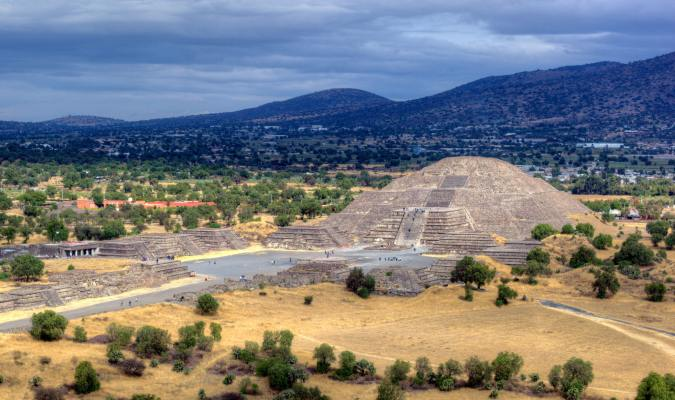
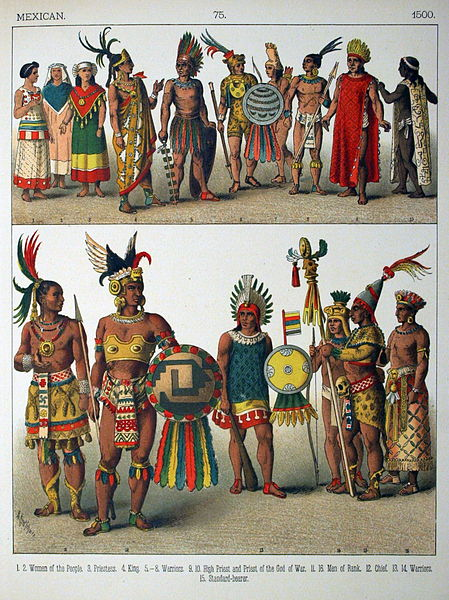
Mexico has a rich cultural heritage reflecting its history, from the fusion of its indigenous cultures with Spanish influences. Día de los Muertos, or Day of the Dead, is the most celebrated Mexican tradition.
This is the time to honor the people no longer here, with families and friends creating altars filled with ofrendas, or offerings for the deceased, including decorations like marigolds, sugar skulls, and, of course, the favorite food and drink of the departed.
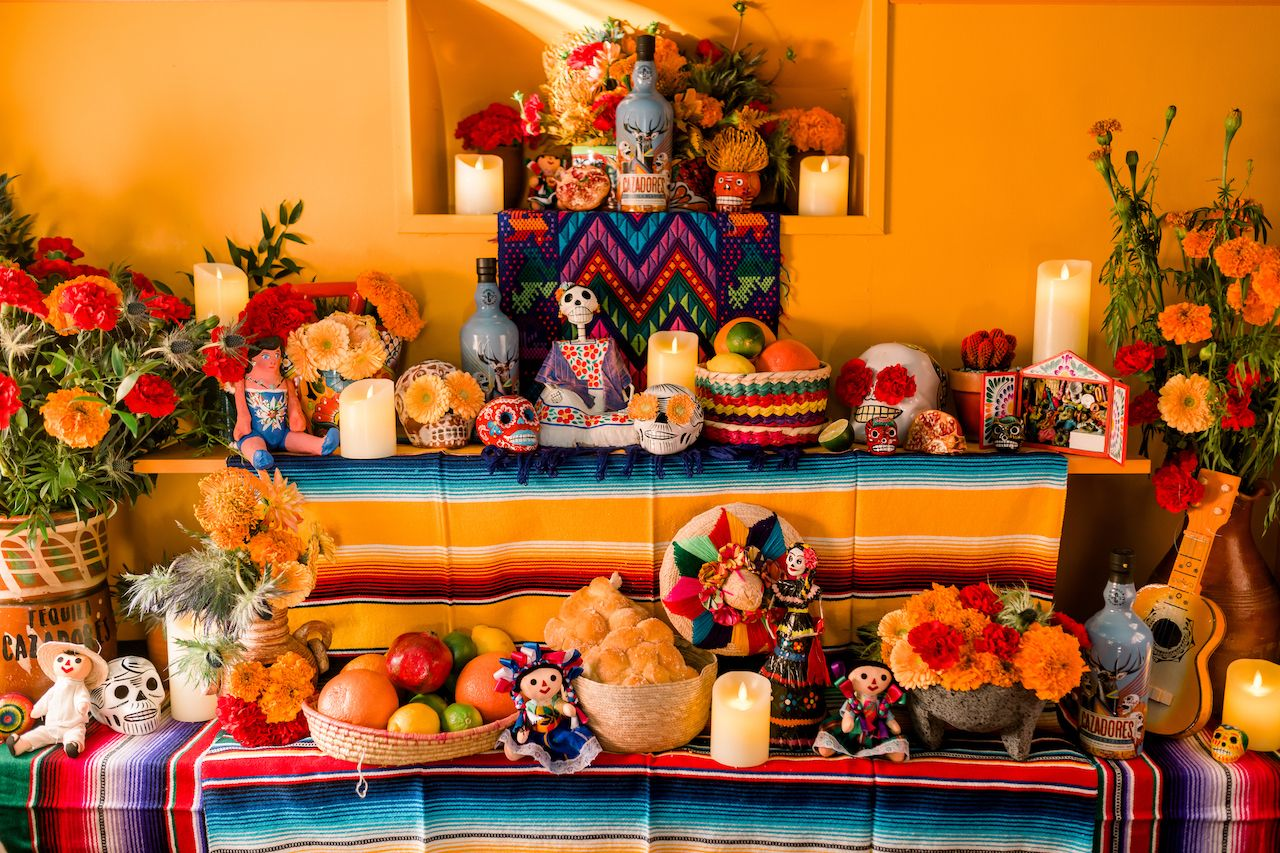
“I love visiting my family in Mexico during the Day of the Dead. We come together to decorate the room for our loved ones who have passed away. Once the room is filled with memories and love, we spend time with the rest of our family, strengthening our bond and feeling the warmth of our shared memories,” said Miranda Galaviz, a junior majoring in biomedical science.
The Spanish conquest brought new traditions to Mexico, which Mexicans adopted, including Cinco de Mayo, commemorating the unexpected victory over France at the Battle of Puebla on May 5, 1862. This holiday holds more significance in the United States as a celebration of Mexican-American heritage.
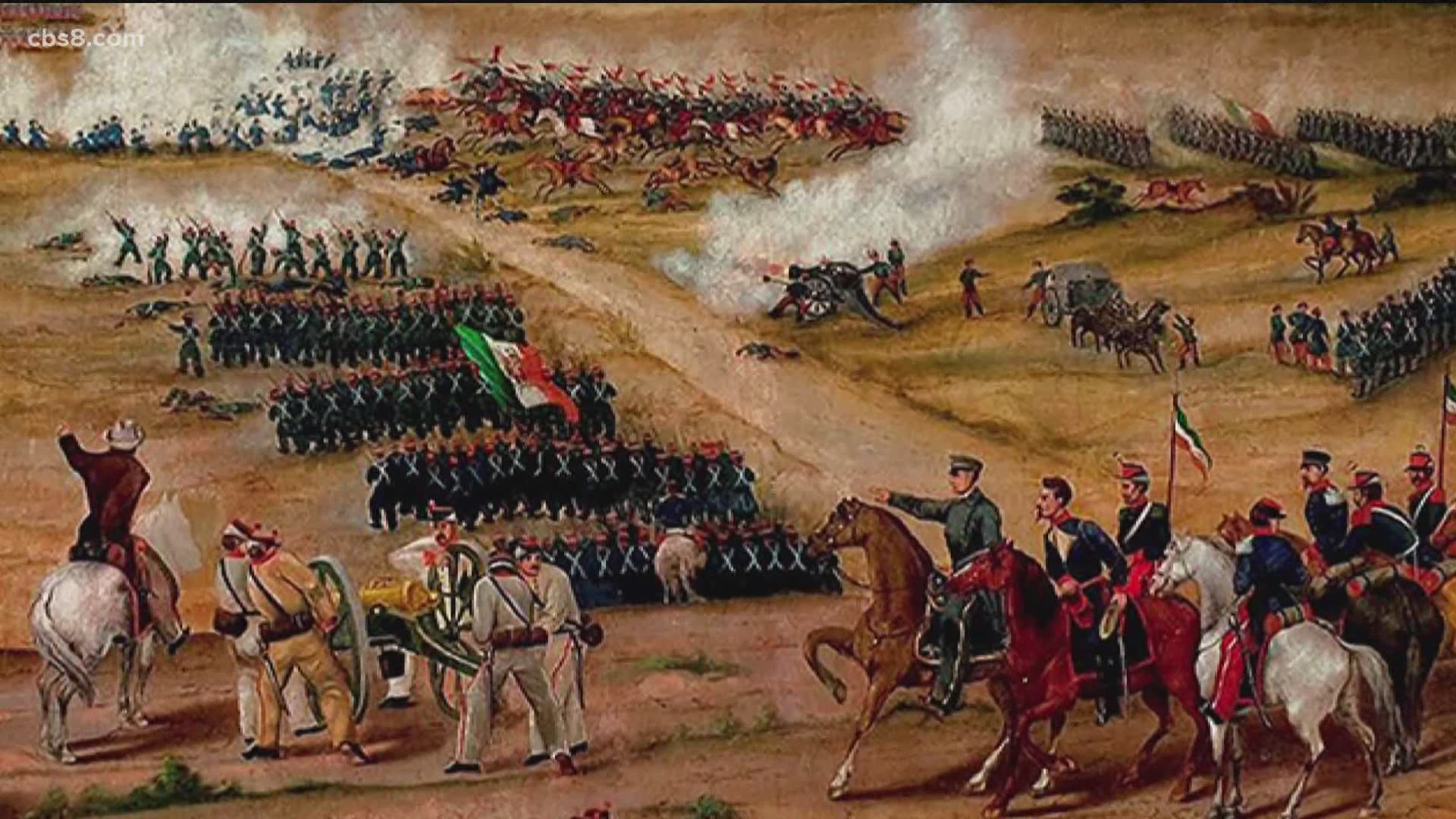
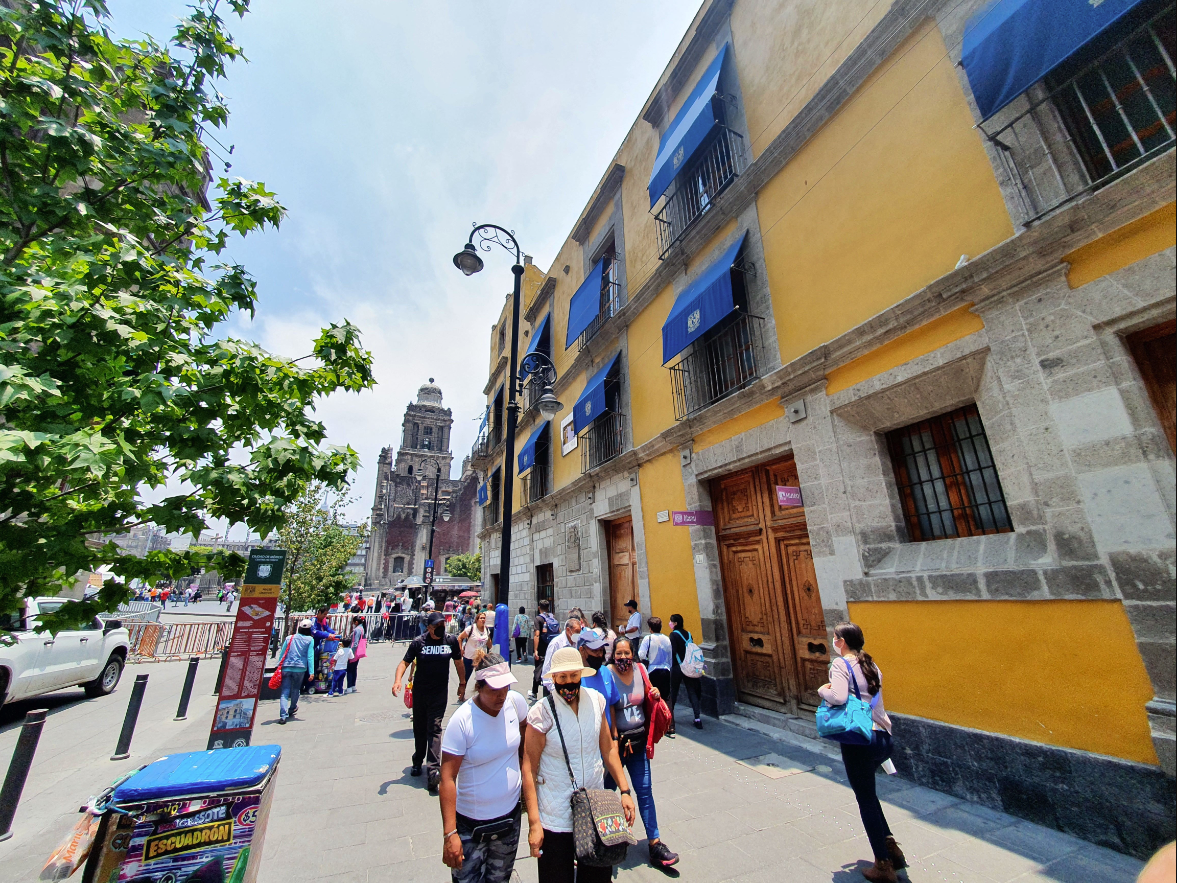
Posadas, another essential tradition, begins on Dec. 16 and ends on Christmas Eve, reenacting Joseph and Mary’s search for shelter. Today, Mexicans honor this tradition by going from house to house, singing carols, and culminating at a party at a pre-designated home.
“I have many friends who love going to Mexico during December, not only to see their families but also to feel included in the Posada Days,” said Zaray Herrera, a junior student getting her associate’s degree in nursing.
A fun fact about Mexican education is that it is similar to that in the United States and Europe. Students typically complete a bachelor’s degree in four years, while master’s degrees usually take two years, with the duration of a PhD depending on the chosen field. Studying abroad is a great way for students to learn a new language, culture, or even gastronomy in Mexico.





